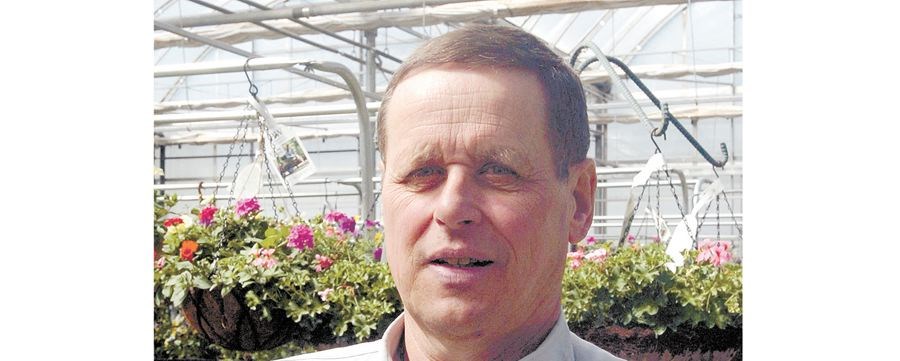Gardening is moving indoors and you can bring a little bit of the outdoors, indoors, by forcing bulbs.
There are a few bulbs, such as hyacinths and paperwhites, that are ideal for forcing indoors as these are available already prepared (gone through the chilling process by the growers). Both have a nice fragrance and an attractive flower. There are different methods that can be used to force bulbs. Bulbs can be grown using only water, or the bulb can be planted in soil.
Forcing bulbs, using the water method is easy and is a fun project for children as they can visually watch the bulbs form roots when using a clear container.
Choose a clear glass or plastic container that is twice the depth of the bulb. There are specific hyacinth glasses available that look like an hourglass, but you can also use a vase, jar, bottle or any vessel that holds water.
The next step will depend on the container that is being used. If the container is specific for the purpose of growing a bulb in water or is tapered enough so that the bulb can sit halfway up the container then all you have to do is fill the container with enough water so that when the bulb is placed in the container, the bottom end of the bulb is just slightly above the water. The bulb should not be in or touching the water as this will cause it to rot.
Containers that are not tapered or not specific for forcing bulbs will require an extra step as you do not want the bulb to be in the water. These containers will need a good layer of decorative rock, gravel or coarse sand.
There are some very colourful decorative rocks available that add to the attraction. Fill the container half way with the stone and then place the bulb on top of the stone with the pointed end up and add a little more stone/gravel to anchor the bulb in place. Do not cover more than two-thirds of the bulb. After the bulbs have been placed, add enough water so that it is at the base of the bulb.
The other method of forcing bulbs indoors is using a good quality indoor soil and a good-sized container with drainage.
Heavier containers such as clay or ceramic work well. The container should be at least twice as deep as the bulbs. Half fill the container with the soil and then place the bulbs in the container. Bulbs can be close but not touching each other. After the bulbs have been placed, cover the bulbs with enough soil so that just the tips are showing, and then water them in.
The planted hyacinths or paperwhites in water or soil need to be placed in a cool (not freezing) dark space for a period of time until growth appears. It usually takes about three weeks for paperwhites to begin showing growth on their roots. Prepared hyacinths can stay in the dark until there is five to six centimetres of top growth, around four to six weeks. While in cool storage, continue to check the bulbs regularly for moisture and water when necessary.
After the growth appears, place the bulbs in a sunny spot. The more heat the bulb gets, the faster it will grow. To get the blooms to last longer, place the bulbs in a cooler area.
Other bulbs such as crocus and tulips can also be forced but they will need to go through the chilling process. The bulbs should be placed in a cool space such as the fridge for eight to 15 weeks before they are planted and then chilled again following the methods above for two to three weeks.
Forced bulbs that have finished blooming are usually put in the compost as they are depleted of all nutrients and will not bloom again.



